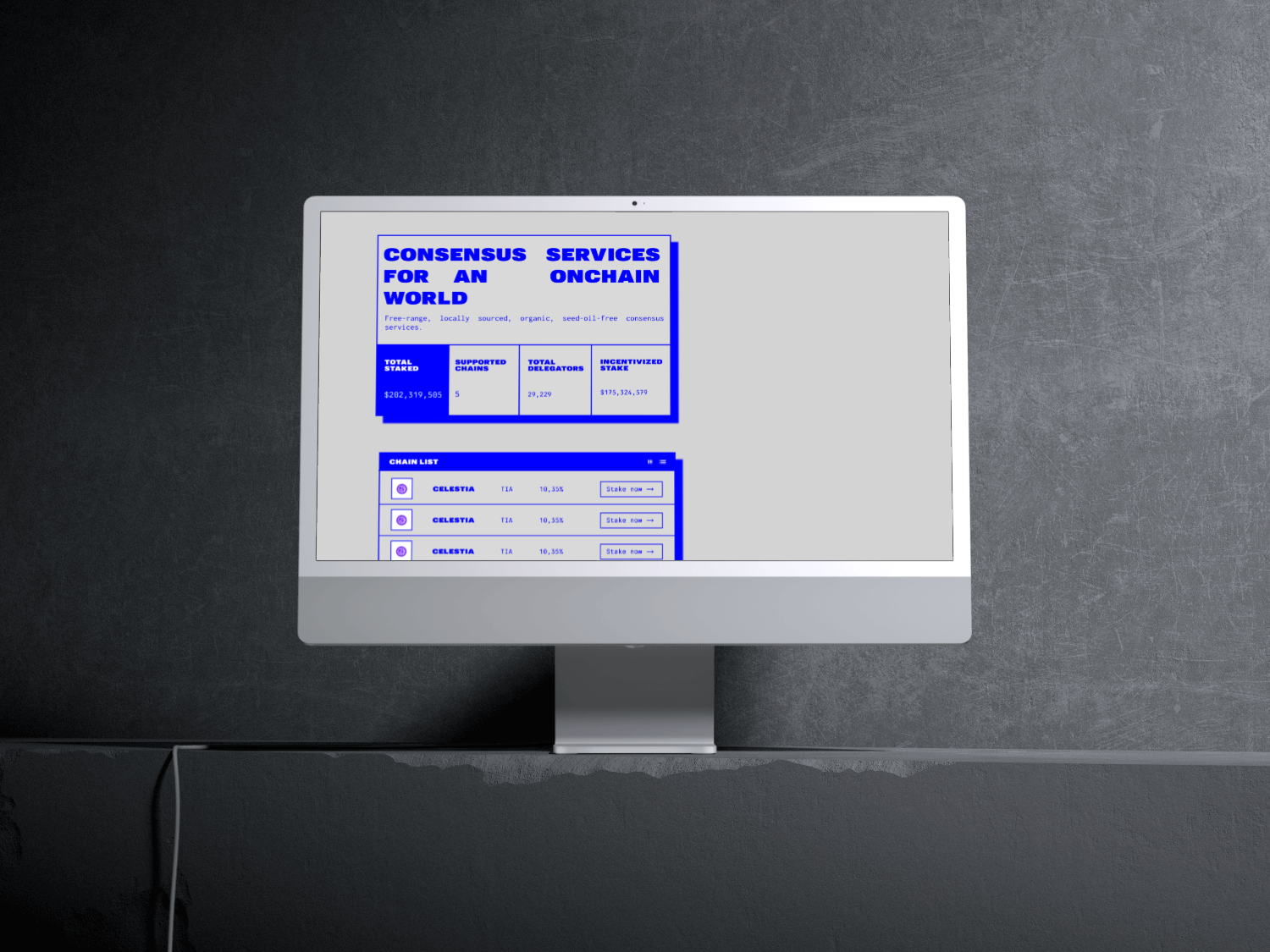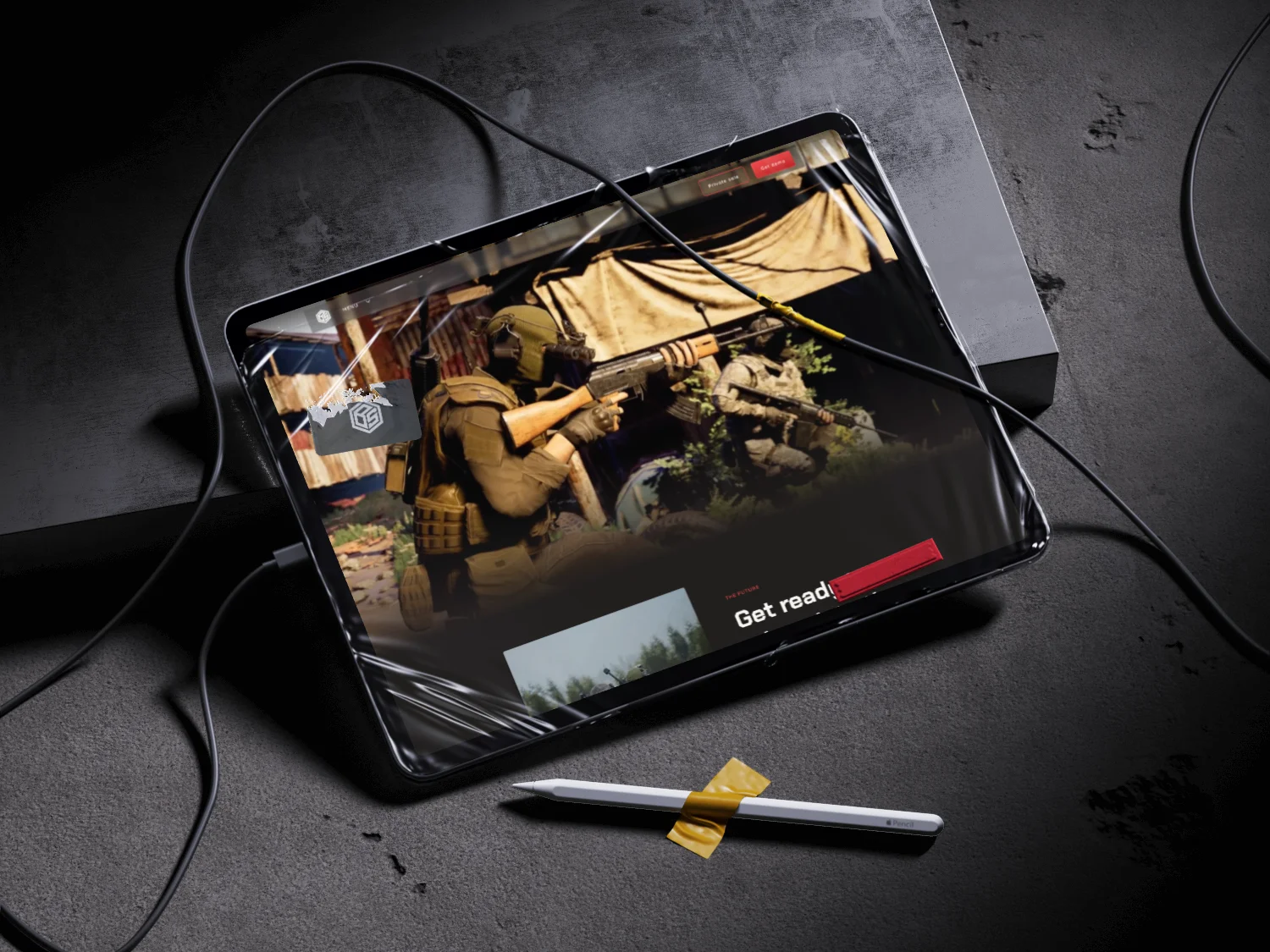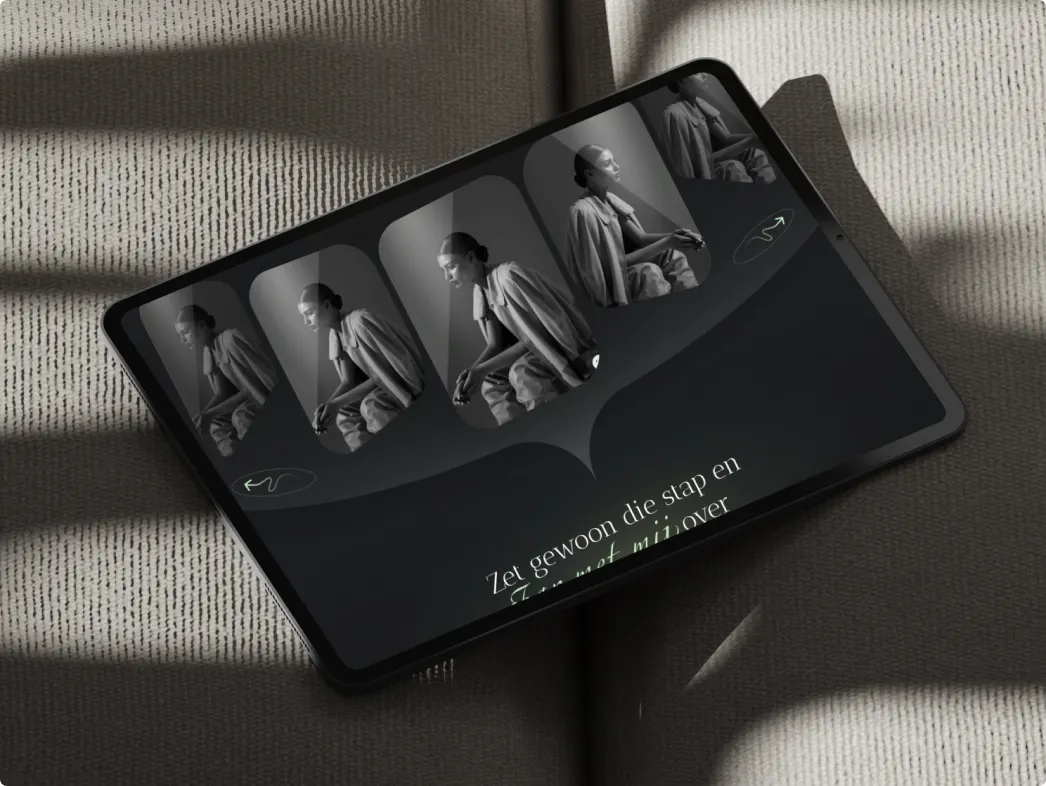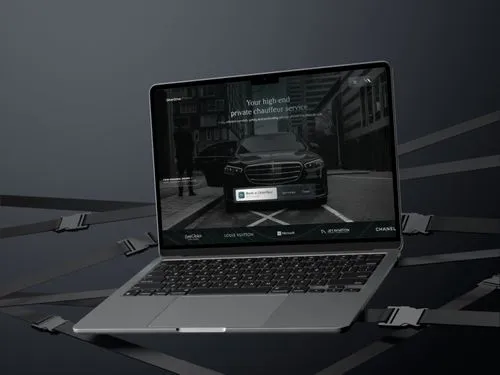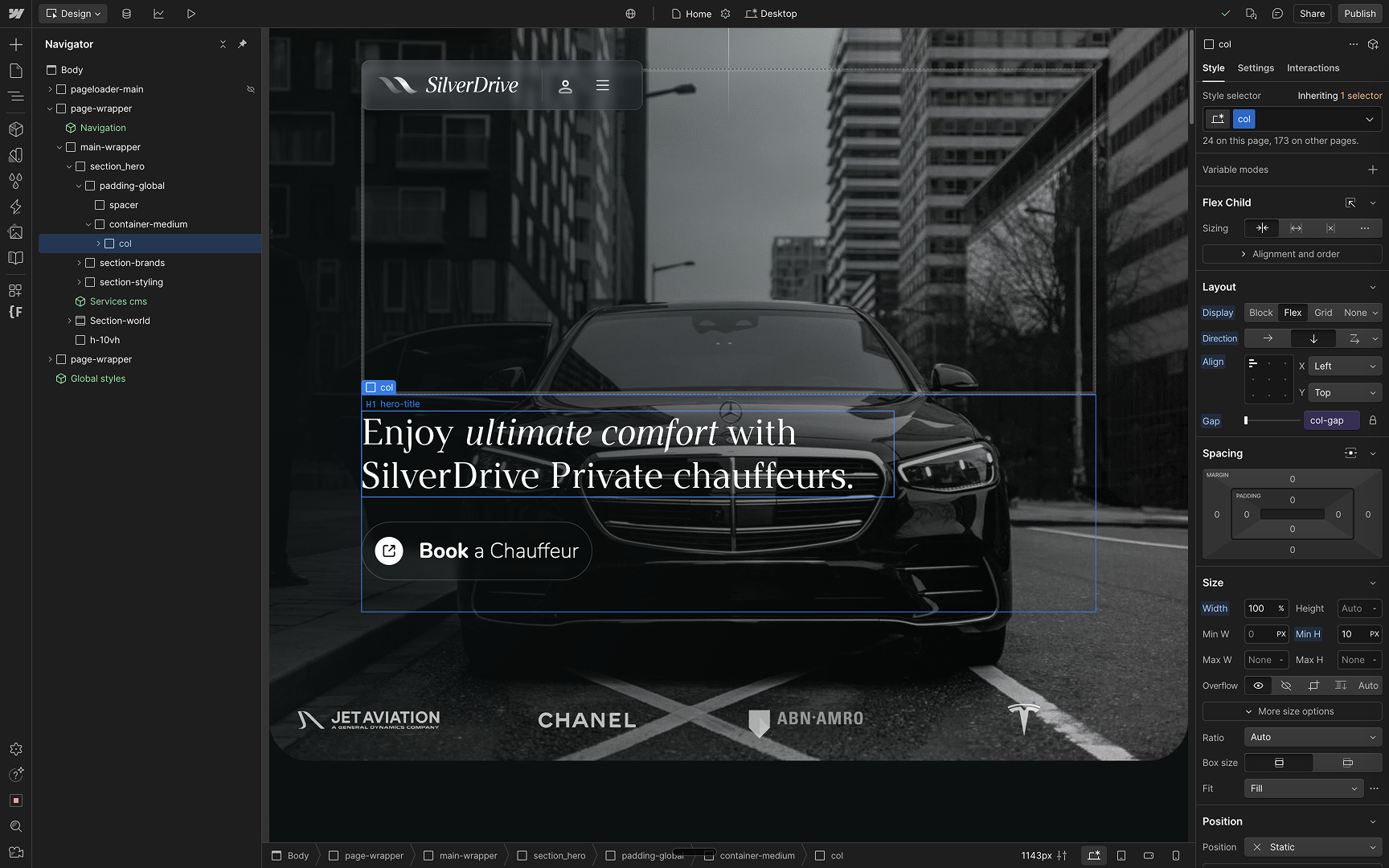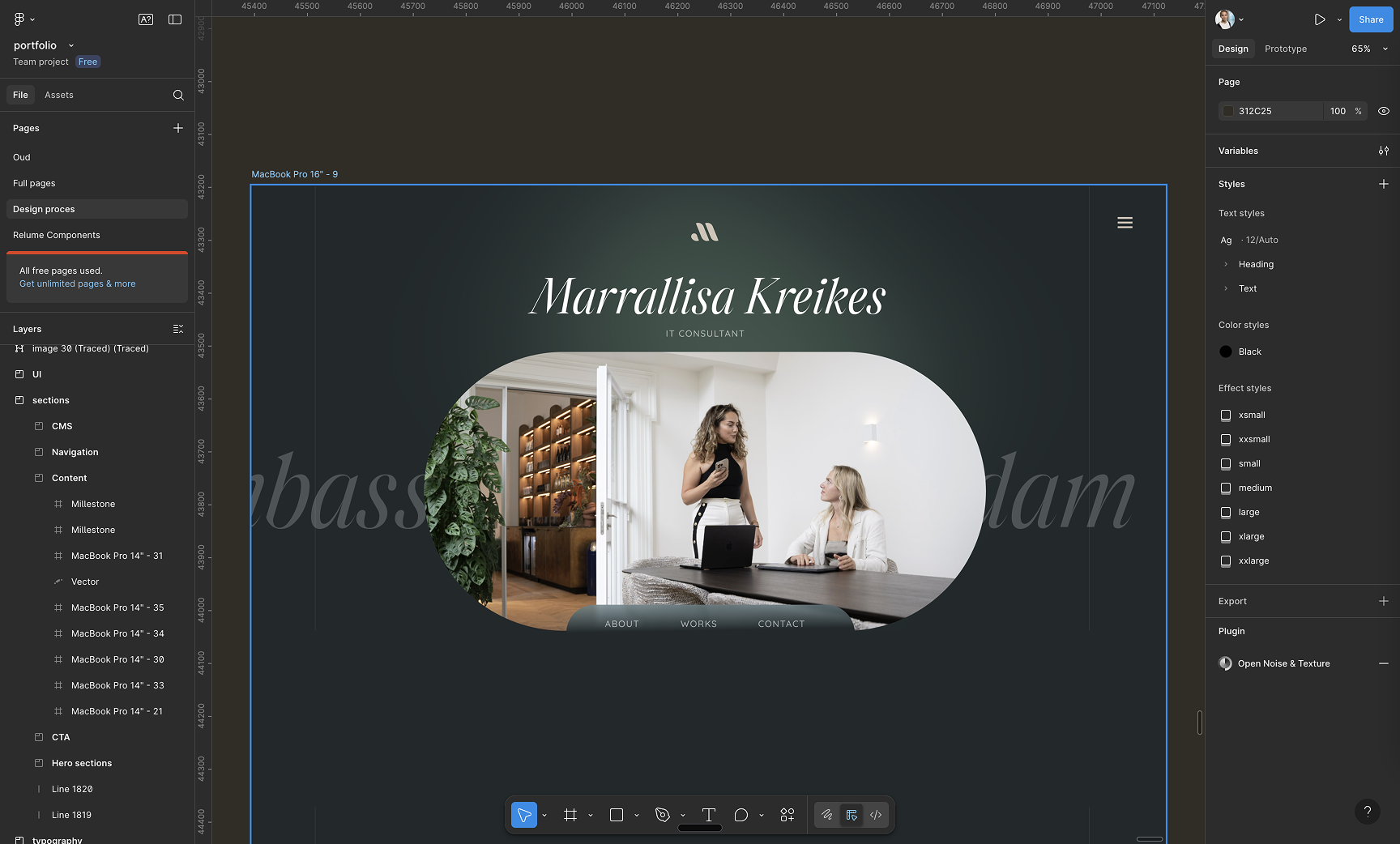Last updated:
September 10, 2025
Curious Design: Proven growth for your B2B – by Lara van der Sluijs
Unlock B2B growth! Discover how curious design and conversion-driven strategies transform your website into a powerful sales engine. Learn more.
Stop guessing. Start designing with curiosity that converts.
You are moving fast, hiring smart, and you care about details that most people miss. The typography that sets the tone. The load time that shapes trust. The sentence that nudges a buyer to book a demo. If you are a funded startup, a scale-up, or a mid-sized team with real traction, there is a good chance your site no longer reflects who you are, your content machine is inconsistent, or your traffic is not turning into sales. You have likely outgrown your agency and you want a partner who owns the funnel end to end. If that is you, you will feel at home here.
At Viralistic, we build conversion-driven websites and SEO systems for companies who want clarity and momentum. Especially for fast-moving brands in the luxury space, where craft and performance must work together, curiosity is how we get you from noise to signal and from clicks to customers.
Curiosity is the designer’s superpower
Great design starts with deep curiosity. Most of the time, you design for a domain you do not know inside out on day one. That is normal. The difference is how quickly you become an expert. Curiosity fuels the research that turns unknowns into insights and insights into confident decisions. It keeps you from shipping assumptions and pushes you to ask better questions.
We begin with a focused discovery sprint, a short, time-boxed phase where we map your goals, audience, competitors, and constraints. During this phase, we run user research, structured interviews, surveys, and analysis of how real people navigate and decide, and a heuristic analysis, a professional review of your interface against established usability principles. The goal is simple: understand what your customers need and why, faster than anyone else.
Empathy over assumption: learn the business, then design
Empathy is not about guessing what users feel. It is about doing the work. We talk to customers, support teams, and sales. We listen to calls, read chat transcripts, and study the words your market uses. We synthesize this into Jobs-to-be-Done insights, statements about what someone is trying to achieve, independent of your product. In addition, we cross-check these with analytics to avoid bias. No subjective shortcuts. Just reality.
From here, we define the information architecture, the way content is organized so people can find what they need with minimal effort, then translate it into wireframes, low-fidelity layouts that show structure without visual polish. This ensures we are solving the right problem before we make it beautiful.
From insight to concept: work that stands out and serves a goal
Once we know the job your site must do, we build concepts that are both distinctive and purposeful. Creativity is not decoration. It is differentiation with intent. Visual identity, narrative, motion, and micro-interactions are chosen to advance the journey toward a conversion, a trial, a booked call, or a purchase. We prototype to feel the flow, then validate with users to ensure it is obvious and delightful.
Throughout, we are laser-focused on the audience and the business. Every headline, image, and interaction must earn its place. If it does not help someone understand, decide, or act, it does not ship.
Ease, intuition, emotion: the pillars of high-converting UX
UX means user experience, the total feeling and function of using your product or website. High-converting UX delivers three things in harmony.
Firstly, ease. Clear language, fast load times, and frictionless flows. We optimize Core Web Vitals, Google’s performance signals for speed, responsiveness, and visual stability, because every second counts.
Secondly, intuition. Familiar patterns and strong information scent, cues that make the next step feel obvious, reduce cognitive load so people move forward without thinking.
Thirdly, emotion. Your brand should make people feel something: confidence, aspiration, relief. Luxury brands in particular win when the experience signals craft and care while staying functional. That balance builds trust and conversion.
Our process: from zero knowledge to confident launch
We keep it simple and rigorous.
1) Discover: align on goals, audience, and constraints with stakeholders. 2) Research: combine qualitative interviews with quantitative data. 3) Structure: define information architecture and produce wireframes. 4) Prototype: create an interactive prototype, a clickable model used to test flows without full development. 5) Validate: run usability testing, watching real users attempt tasks, to spot friction early. 6) Build: design systems, responsive layouts, and content that connects story, SEO, and conversion. 7) Measure: launch, track KPIs, and run A/B tests, experiments comparing two versions to find the winner, for continuous improvement.
The result is a website that feels effortless, looks distinctive, and converts better.
Examples: how curious, empathetic design plays out
B2B SaaS onboarding: from confusion to clarity
Intro: A scale-up with 12 employees sold workflow automation to mid-market companies. Trials were strong, but activation lagged. The website promised speed but onboarding was dense and generic.
Application: Through five customer interviews and a heuristic analysis, we learned the real job was to validate security and ROI fast. We restructured pages around proof: SOC 2 details, case studies by industry, and a sandbox demo. We simplified sign-up and added contextual microcopy, short, guiding text, at decision points.
Pros and cons: Pros included higher activation, shorter time to value, and better sales-qualified demos. Cons included longer legal reviews for security pages and the need to maintain industry-specific content.
Takeaway: When you design for the actual job to be done, not your internal assumptions, conversion follows.
Luxury D2C product detail page: elevate emotion, keep speed
Intro: A fast-growing luxury accessories brand wanted a product page that felt premium without hurting performance. Their audience cared about materials, provenance, and fit.
Application: We crafted a narrative-led layout: hero imagery, tactile video details, and an interactive size guide. We optimized assets, lazy-loaded media, and tuned Core Web Vitals so the page stayed fast. We added persuasive social proof and a reassuring returns policy near the call to action.
Pros and cons: Pros included higher add-to-cart rate and increased average order value through curated bundles. Cons included more complex content operations for seasonal stories and the need for strict image discipline.
Takeaway: Emotion and performance can coexist when you design for both from the start.
Lead-gen site for fintech: align story, SEO, and CRO
Intro: A fintech startup had traffic but low demo requests. Messaging was clever but unclear, and pages did not match search intent.
Application: We rebuilt the information architecture around high-intent keywords and user questions. We rewrote value props with plain language, added comparison pages, and created a resources hub. Then we tested headlines and CTAs via A/B tests and tuned forms to reduce fields while maintaining lead quality.
Pros and cons: Pros included a higher conversion rate, more qualified leads, and stronger organic rankings. Cons included the workload of ongoing content production and the need for consistent subject matter expertise.
Takeaway: When SEO, story, and CRO work as one system, you stop leaking demand.
Ready to turn curiosity into conversions?
You want a partner who is fast, thoughtful, and reachable. We work as an extension of your team, ask sharp questions, and own the funnel from traffic to sale. If your website no longer reflects who you are, or you are scaling and need a system behind your content and SEO, let us help you build it right. Take the first step today: contact Viralistic.
People Also Ask
What does a discovery sprint include?
A discovery sprint is a short, focused phase where we align on goals, audience, and constraints. It typically includes stakeholder interviews, a competitive scan, analytics review, and a plan for research. The outcome is a shared brief and testable hypotheses.
What is CRO and why does it matter?
CRO means conversion rate optimization, the practice of improving the percentage of visitors who complete a desired action. It matters because small gains compound across your funnel and directly impact revenue without buying more traffic.
How do you measure UX success?
We track task success rate, time to value, conversion rate, activation rate, and support tickets per user. We pair these with qualitative insights from usability testing to understand why the numbers move.
What is the difference between UX and UI?
UI means user interface, the visual elements you interact with, like buttons and forms. UX is the overall experience, including structure, content, speed, and emotion. UI is the surface. UX is the journey.
How does SEO fit into design?
SEO starts with understanding search intent. We structure content with clear information architecture, semantic headings, and fast performance. We create pages that answer real questions, then measure and iterate. Design choices support discoverability and conversion together.
What are Core Web Vitals in simple terms?
Core Web Vitals are Google’s key speed and stability metrics: how fast content appears, how responsive the page feels, and how stable the layout is as it loads. Better scores usually mean a smoother experience and improved rankings.
When should a growing brand consider a redesign?
Signals include inconsistent messaging, declining conversion, a content system you cannot scale, and a visual identity that no longer matches your market position. If you are rebranding or expanding into new segments, a redesign aligned with strategy can prevent lost momentum.
What is information architecture?
Information architecture is how content is organized, labeled, and linked so people can find what they need quickly. Good IA reduces clicks, confusion, and bounce rates.
Do you run A/B tests after launch?
Yes. An A/B test compares two versions of a page or element to see which performs better. After launch, we prioritize high-impact hypotheses, run tests with clean measurement, and roll out winners to compound gains.
How long until SEO results show up?
For most sites, meaningful SEO movement appears in 8 to 16 weeks, depending on competition, content velocity, and technical health. Consistency and quality are the levers that accelerate results.
How do you balance aesthetics and performance for luxury brands?
We plan for performance from day one: optimized assets, smart loading, and disciplined motion. Then we elevate tactile details and narrative moments that communicate craft. The rule is simple: beauty that serves clarity and speed.
What is a heuristic analysis?
A heuristic analysis is an expert review of your interface against known usability principles such as clarity of system status, match between system and real-world language, and error prevention. It is a fast way to spot common issues before testing.
Which tools do you use?
We typically use Figma for design and prototypes, GA4 and Search Console for analytics and SEO, and tools like Hotjar for session insights. The stack adapts to your context and privacy needs.
What is a design system?
A design system is a shared library of components, styles, and guidelines that keep your product consistent and faster to build. It reduces errors and helps teams scale efficiently.
How do you make copy convert better?
We use customer language from interviews and support logs, focus on outcomes, and remove jargon. We test headlines and calls to action, and we place proof where objections arise. Clarity outperforms cleverness.
What is Jobs-to-be-Done?
Jobs-to-be-Done is a framework that focuses on what users are trying to achieve in their context. It helps teams design solutions that fit real motivations rather than features for their own sake.
Do you support multilingual or international SEO?
Yes. We plan content and technical structure for multiple markets, set up hreflang, and localize copy beyond translation so it resonates culturally and commercially.
How do you keep collaboration fast and lightweight?
We set clear rhythms, maintain open channels, and keep decisions visible. You get direct access to the team, with fast responses and no agency bureaucracy.
If you are ready to see how curiosity, empathy, and a tight process can unlock growth, let’s talk. Start here: https://viralistic.nl/contact/.
